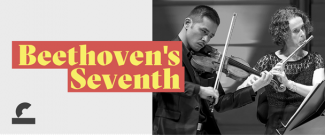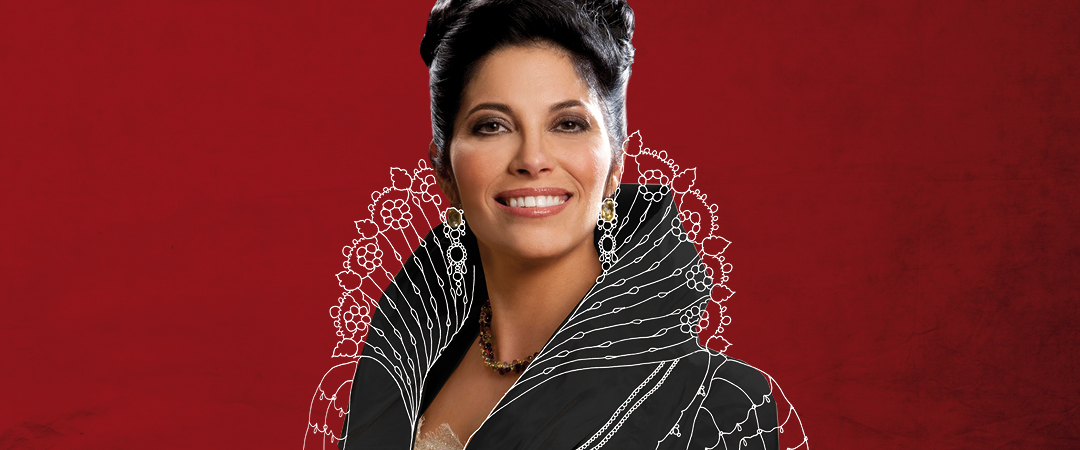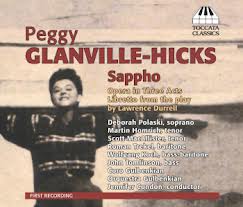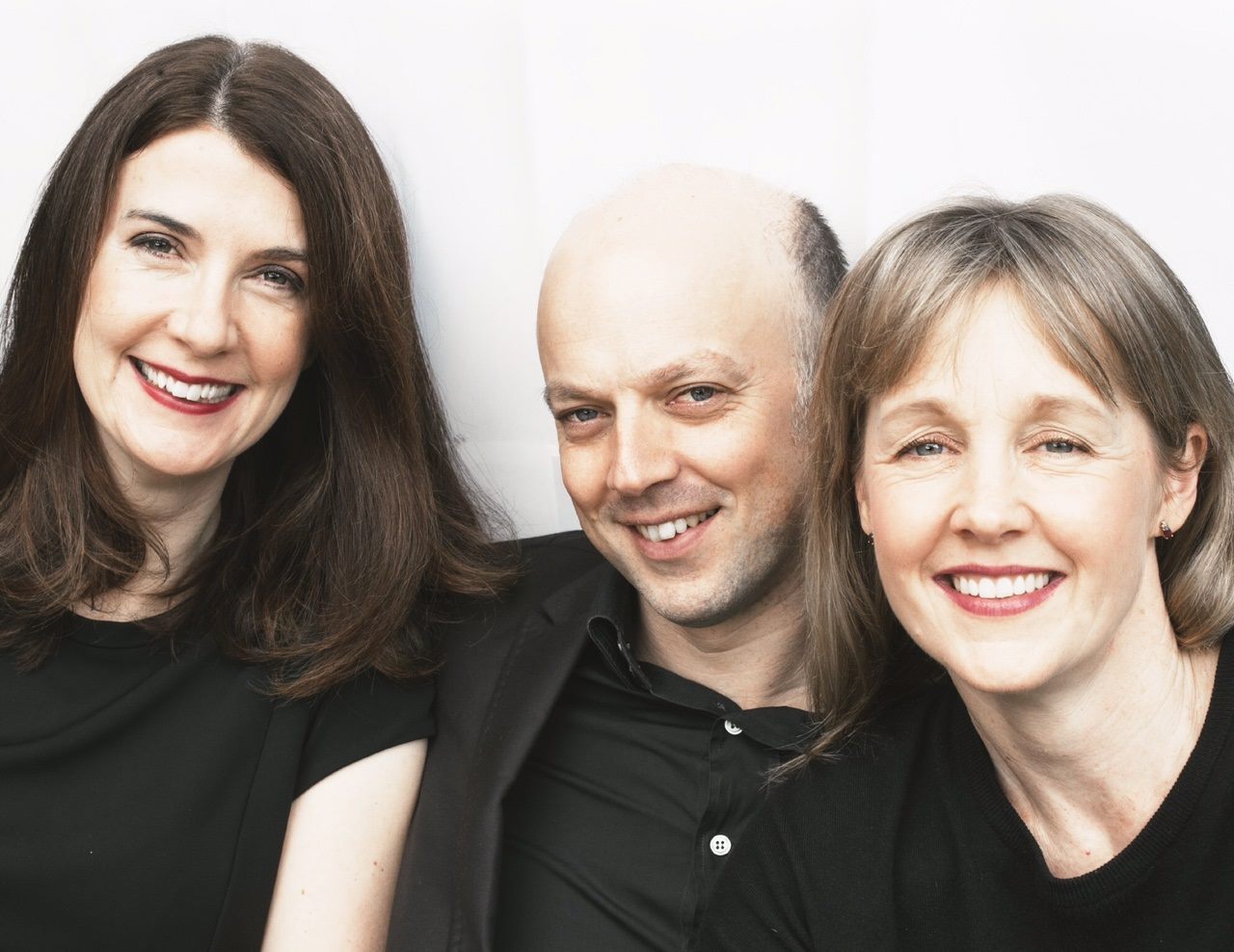Concert Review: Mahler’s Fourth/Omega ensemble

Omega Ensemble
Mahler’s Fourth
City Recital Hall
Monday July 20 at 7.30pm
Now in their tenth year, Sydney’s Omega Ensemble continues to live up to its stellar reputation. Artistic director/clarinettist David Rowden and his all-star squad of chamber musicians draw from a vibrant and diverse palette of styles, and are just as at home with Mozart divertimenti as they are with exciting modern commissions and collaborations. This concert’s centrepiece – Mahler’s tersely composed fourth Symphony – sat more than comfortably alongside Paul Stanhope’s Songs for the Shadowland and the world premiere of Mark Isaacs’ Chamber Symphony, with extraordinary guest soprano Lee Abrahmsen (filling in at short notice for Jane Sheldon) joining Omega Ensemble for all three works.
The Stanhope, which set three poems of indigenous literary icon Oodgeroo Noonuccal, was performed with subtlety and gorgeous understatement by Abrahmsen, whose hushed and gentle timbre brought truly engaging pathos to sombre imagery of the poetry. Richly constructed woodwind chords and bubbling piano supported the three songs which spoke of unbearable loss, but with the Ensemble’s keen sense of textural and emotional climax adding a glimmer of optimism. A wailing horn interlude linking the second and third songs was especially effective, ably handled by Michael Dixon.
Commissioned for the Omega Ensemble by Harry and Julie Johnson, Mark Isaacs’ Chamber Symphony was a generously melodic creation, a neo-romantic symphony laced with Cole Porter-esque elements which betrayed the composer’s jazz roots. Lee Abrahmsen re-joined the ensemble for the Symphony’s inner Berceuse (cradle song) movement, and her wordless musings floating over this gentle lullaby proving to be the highlight of the work. Issacs, conducting from memory, drew a remarkable performance from the Omega Ensemble, particularly in the buoyant final movement which crackled with rhythmic energy.
Mahler’s fourth symphony is his shortest – and, at nearly an hour-long, it’s still a journey of a piece. Having had his third symphony bashed by critics, Mahler returned to Des Knaben Wunderhorn (a famous collection of folk poetry), basing his fourth symphony on the poem Das Himmlische Leben, a child’s vision of heaven, set for soprano in the final movement. Omega Ensemble convincingly navigated Mahler’s abrupt shifts of colour and mood, playing with a gloriously three-dimensional sound and displaying a naturally elastic approach to texture and tempi. Thematic material was etched with clarity, with no nuance ever lost or compromised. The vaguely menacing second movement gave the floor to David Rowden’s crystalline clarinet tone, while cellist Teije Hylkema’s expressive phrasing was the focal point of the third. The famous final movement, sung with spellbinding innocence by Lee Abrahmsen, left listeners with the sense of having experienced something mightily uplifting.
Luke Iredale for SoundsLikeSydney©
Luke is a choral tenor, clarinetist and writer, and earns a crust working in Arts Management with UNSW’s Music Performance Unit. He enjoys the music of Schubert, Howells, Dylan and Hetfield.







